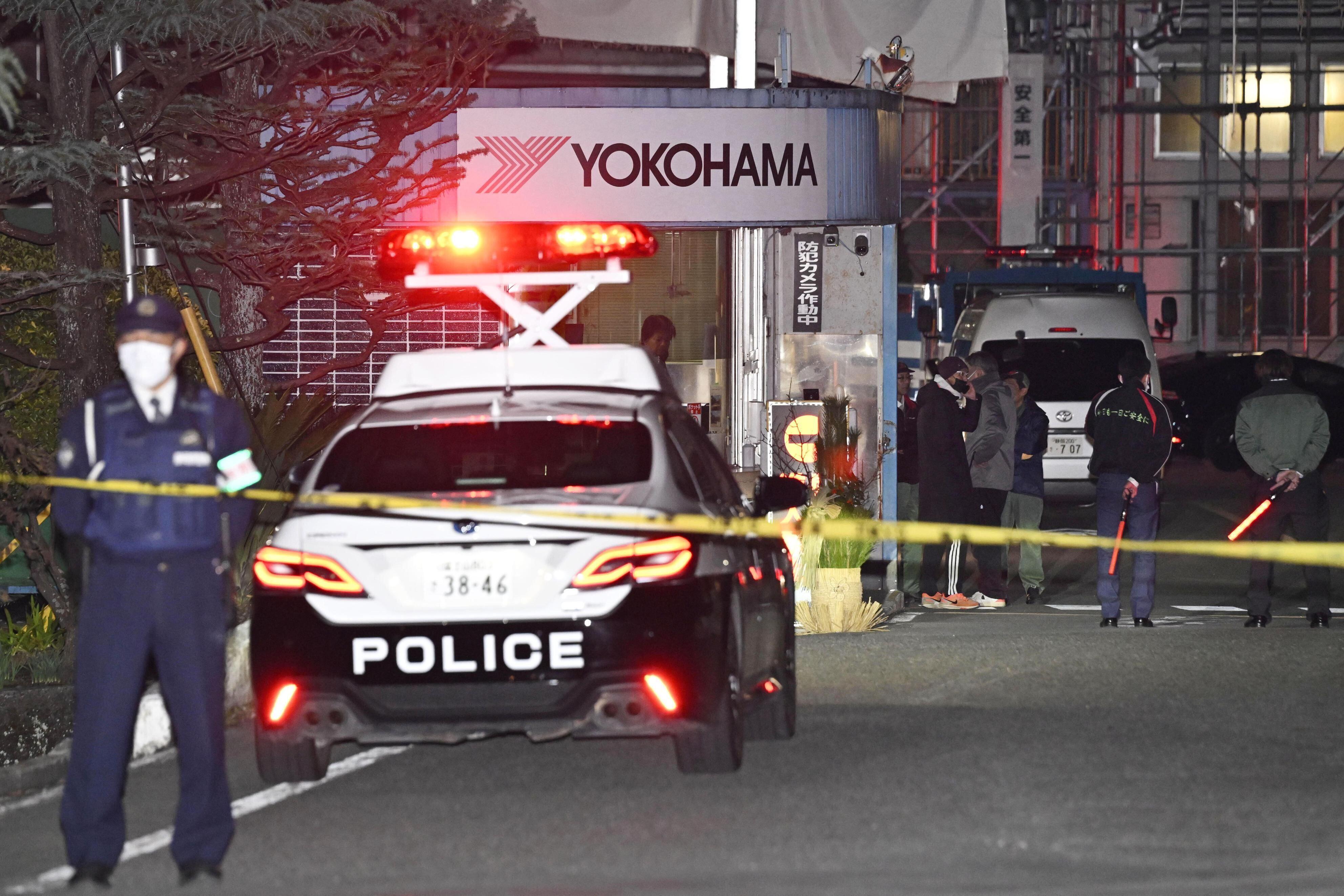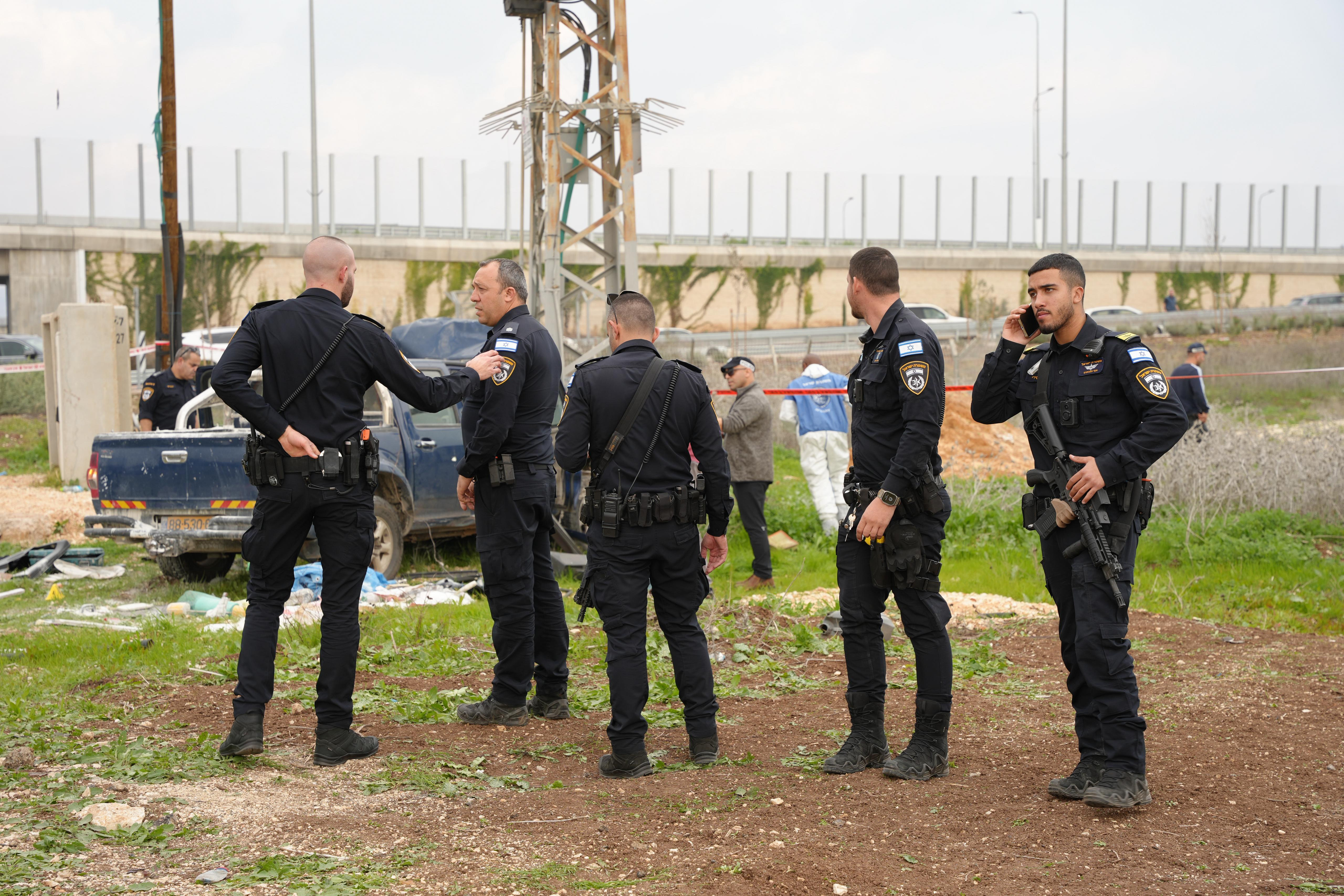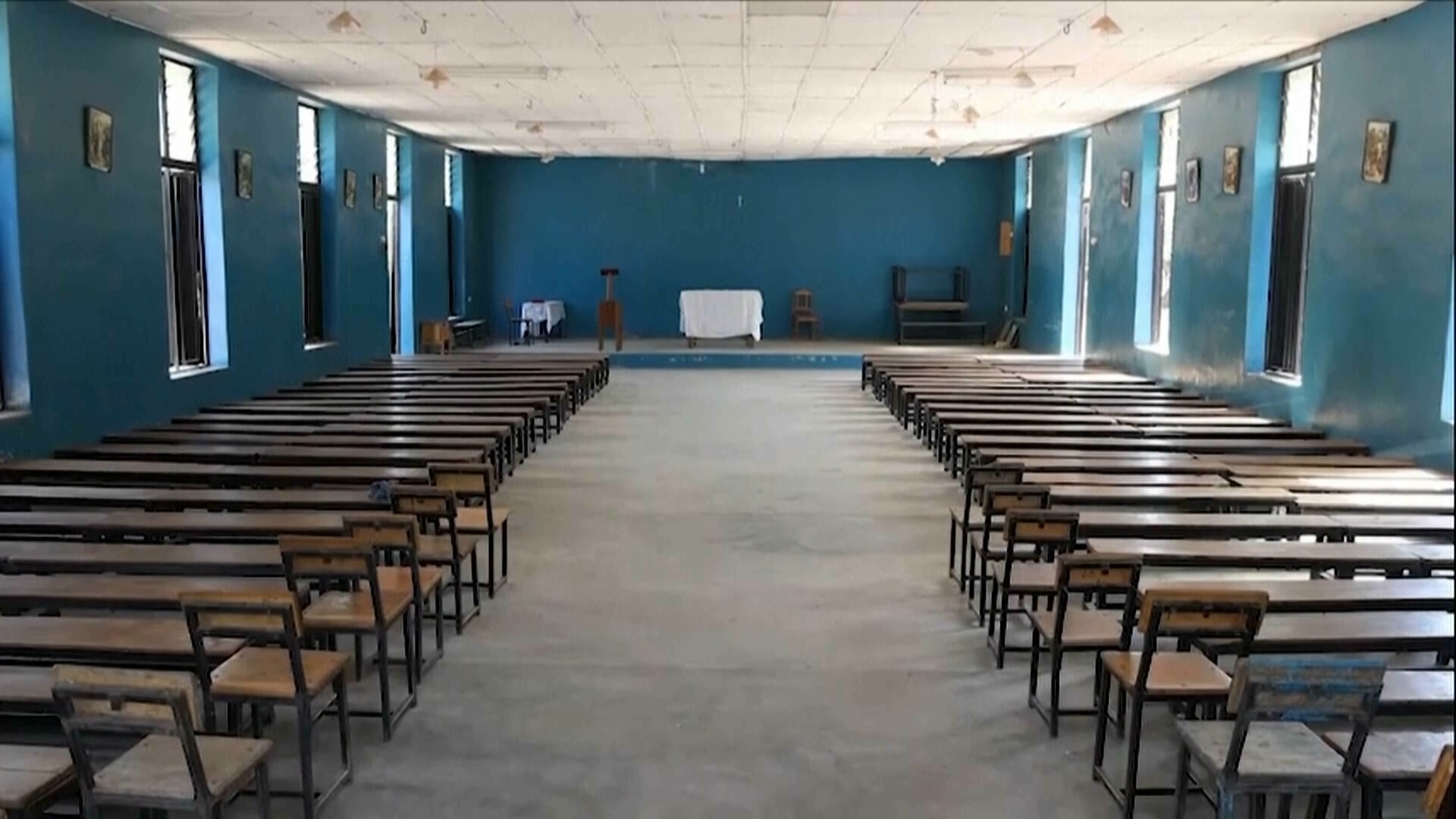From disaster movies to sci-fi or fantasy, New York City seems to take a beating pretty often at the movies — especially in the superhero genre. In the canon Marvel Cinematic Universe alone, New York gets wrecked in about a third of the movies, and that's only one superhero world.So, how does New York actually handle all the real chaos?Disaster experts like professor Sam Penta quickly question who cleans up the mess. "I'm a fan of superhero movies," Penta said. "As much as I love them, when I watch the destruction that happens in them, I die a little bit inside because... then I think about, 'Oh, that's 10 years of work and probably millions of dollars.'"One disaster-cost assessment firm told The Hollywood Reporter that the estimated total cost of damages from the big battle of New York at the end of 2012's "The Avengers" would be $160 billion. For reference, NOAA's estimates for Hurricane Katrina costs were about the same at $161 billion, and Sandy was about $82 billion.That cost measurement looks at a range of different things: infrastructure damage and repair, cleanup costs, lost revenue from businesses, workers compensation, insurance payouts and so on. The firm that analyzed "The Avengers" looked into different insurance policies to see what would be covered here. For example, most homeowners insurance cover "an act of God," usually meaning natural disasters. But, there might be a legal case that applies here, since the film's villain Loki is technically a god.Part of the reason these sky-high costs are hard to calculate is because of how varied disaster responses and insurance policies can be. That can often lead to confusion over who foots the big bills for cleanup and recovery, both at the government-level and the individual-level."There are also organizations that have defined missions that clarify who does what," Penta said. "At the same time, in execution, that can be messy and difficult to parse out. You have folks who are really familiar with how disaster response and recovery works, working alongside folks that are really new to this process. That combination can make things really complicated in terms of what the disaster recovery looks like in the months and years following."To just use New York as an example: In the year after the 9/11 attacks, less than a quarter of the federal aid that was promised had actually went to where it was supposed to go. That delay was mostly because city and state officials couldn't figure out how to distribute the billions of dollars.

Natural Disasters Are Getting Worse, But So Is FEMA Aid For Survivors
A little over a decade later, after Hurricane Sandy, aid groups like the Red Cross would also come under fire for delayed responses and mismanaged resources. Both FEMA and private insurance companies also drew criticism when flood victims were stuck waiting to settle flood insurance claims for years after Sandy. In some cases, FEMA ended up billing the victims, accusing them of receiving help from different groups to cover the same costs twice.One of the Marvel movies actually alludes to interagency conflict in cleanup efforts. In "Spider-Man: Homecoming," a semi-private organization called the Office of Damage Control butts heads with city contractors over who gets paid to clean up Grand Central, which makes up the origin story for the Vulture.The delay in relief can have pretty devastating consequences for households."It takes years to come back from a major disaster event," Penta said. "We're talking about not just the physical infrastructure, but we're also talking about the systems and the people that need to come back."Just this year, it was reported that every single request for aid for flood damage after Hurricane Ida was denied by the city government in New York. The Department of Emergency Services pointed to a law from 1907 saying the city isn't liable unless the damage is from city negligence.It's not just New York: FEMA has been criticized in recent years for denying requests for disasters around the country at historically high rates. Where FEMA has failed to help, private lenders are stepping in to assist homeowners — on the condition that they're getting paid back with interest. Many experts would agree that one of the best ways to help with damage from disasters, attacks or superhero battles is preventing a lot of the damage in the first place."Mitigation can really go a long way in reducing human suffering, reducing the financial cost," Penta said. "Really if we want these systems to work well in times of crisis, we have to invest in them and care about them when the skies are blue."

Pop Quiz: Why Is CGI Everywhere In The Film Industry?
Take the ending of "The Batman" as an example. The streets of Gotham, standing in for New York, get flooded after the Riddler blows up the seawall protecting the city from high tides during a major storm. That's actually inspired by a real-life seawall that has just begun construction around New York City, originally planned after Hurricane Sandy.Not everyone can agree on what mitigation plans deserve funding and attention. For example, seawalls are controversial because they also might trap water inside city limits from intense rainfall.Climate change is also making it harder to predict disasters, plan responses and mitigate threats."As we experience climate change, that makes that work much more difficult because we are increasingly finding that historical model of the models, historical patterns that we relied upon to understand the threats we face, the hazards in our communities may be decreasingly reliable," Penta said. There are hints of the real trauma and long recovery efforts in some superhero movies, but one thing movies don't often show about city response is the ordinary people who answer the call in a crisis."A lot of times there's this idea that people will just panic in a disaster and really panic in blind, irrational action based on that fear," Penta said. "Typically, we don't actually see that in disasters. People are able to act rationally. Another thing that sort of is interesting with the Marvel movies is clearly they are focused on the superheroes and this idea that this is a handful of people that save the day. But what's missing in the background is there's actually a ton of people doing a lot to save people. There's the EMT working in the background. There's the cops that are trying to do what they can to face this threat that they have no idea how to even conceptualize."









